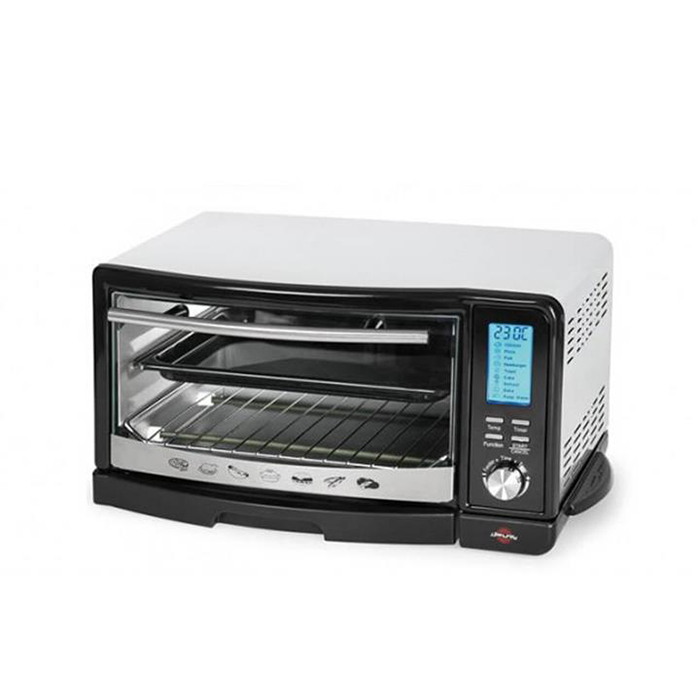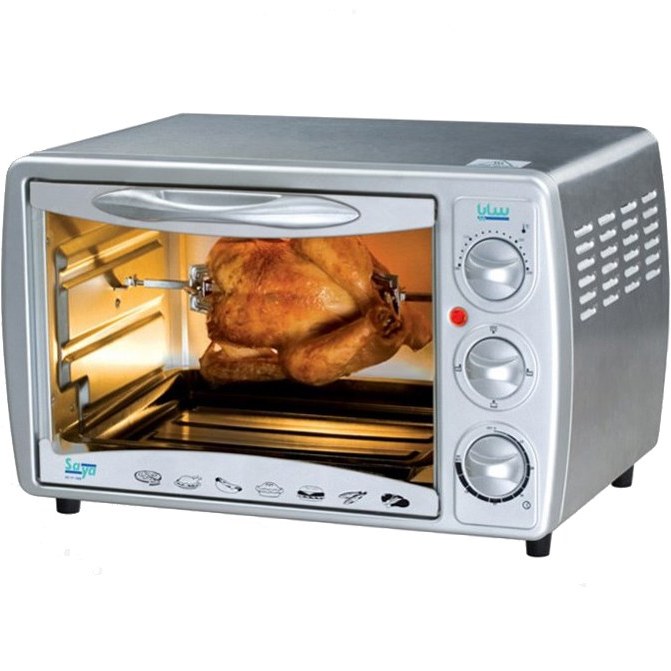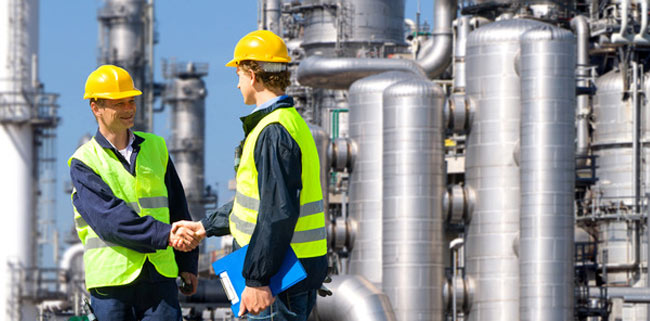Introduction
قیمت مایکروویو پارس خزرMicrowave ovens have become an indispensable tool in modern kitchens, offering convenience and speed in food preparation. Yet, behind their seemingly simple operation lies a fascinating process of electromagnetic radiation and molecular interaction. This article delves into the intricacies of how microwave ovens heat food, unraveling the science behind this ubiquitous kitchen appliance.

The Basics of Microwave Technology
Before delving into the specifics of how microwave ovens heat food, it is essential to understand the underlying principles of microwave technology. Microwave ovens utilize electromagnetic radiation in the microwave frequency range, typically around 2.45 gigahertz, to generate heat within the food.
Microwave Radiation: A Closer Look
Microwave radiation consists of electromagnetic waves characterized by their relatively long wavelengths and low frequencies. These waves fall within the spectrum between radio waves and infrared radiation. Unlike visible light, microwaves are invisible to the human eye.
Penetration of Microwaves into Food
One of the key features of microwaves is their ability to penetrate food, unlike conventional heating methods that primarily heat the outer layers. This penetration allows for more uniform heating throughout the food, resulting in faster cooking times.
Interaction with Food Molecules
Once microwave radiation enters the food, it interacts with its molecular structure, leading to the generation of heat. Understanding these interactions is crucial to comprehending how microwave ovens effectively heat food.
Dipolar Molecules: The Key Players
The primary molecules responsible for absorbing microwave radiation in food are dipolar molecules, such as water, fats, and sugars. These molecules possess positive and negative charges that align with the alternating electric field of the microwaves, causing them to oscillate rapidly.
Dielectric Heating: A Phenomenon Explained
The rapid oscillation of dipolar molecules results in frictional heating, a process known as dielectric heating. As these molecules attempt to align with the changing electric field, they collide with neighboring molecules, transferring energy in the form of heat.
Water Content: A Determining Factor
The water content of food plays a significant role in its heating behavior in a microwave oven. Foods with higher water content tend to heat more rapidly due to the abundance of dipolar water molecules capable of absorbing microwave radiation.
Microwave Oven Components and Operation
To facilitate the efficient heating of food, microwave ovens employ several essential components and operational mechanisms.

Magnetron: The Heart of the Microwave
At the core of every microwave oven lies the magnetron, a vacuum tube responsible for generating microwave radiation. The magnetron converts electrical energy from the power source into electromagnetic waves at the desired frequency.
Waveguide and Stirrer: Directing Microwaves Uniformly
Once generated, microwaves travel through a waveguide, a metal tube that channels them into the oven cavity. To ensure even distribution of microwaves, many microwave ovens also feature a stirrer, a fan-like device that rotates or reflects the waves throughout the cavity.
Control Panel and Sensors: Precision in Cooking
Modern microwave ovens come equipped with control panels and sensors that allow users to adjust cooking settings with precision. These panels typically include options for power level, time settings, and preset cooking programs tailored to specific food types.
Safety Considerations and Precautions
While microwave ovens offer convenience and efficiency, it is essential to observe safety precautions to prevent accidents and ensure food safety.
Microwave Leakage: A Potential Hazard
One of the primary safety concerns associated with microwave ovens is the possibility of microwave leakage. While modern ovens are designed with multiple safety features to prevent leakage, regular maintenance and careful inspection are recommended.
Proper Container Selection: Materials Matter
Using microwave-safe containers is critical to avoid potential hazards such as melting or releasing harmful chemicals into the food. Containers labeled as microwave-safe are typically made of glass, ceramic, or certain types of plastics specifically designed for microwave use.
Avoiding Superheating: Preventing Scalding Incidents
Superheating, a phenomenon in which water heated in a microwave exceeds its boiling point without bubbling, can pose a scalding risk when disturbed. To prevent superheating, stirring liquids and allowing them to stand briefly after heating is recommended.
Conclusion
In conclusion, the process of how microwave ovens heat food is a fascinating interplay of electromagnetic radiation and molecular dynamics. By harnessing the power of microwaves to interact with food molecules, these appliances offer quick and efficient cooking solutions for modern lifestyles. Understanding the science behind microwave heating not only enhances cooking skills but also promotes safety and optimal use of this ubiquitous kitchen tool.

